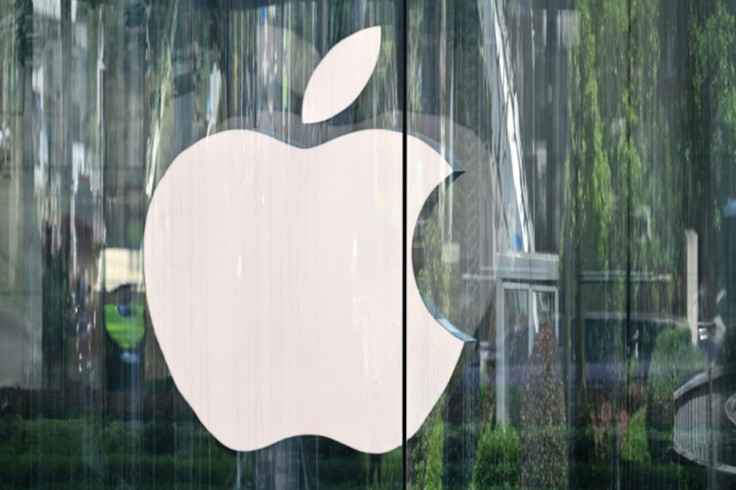Apple iPhone Air Gets Massive Production Cut As 'Nobody Wants It' – What Went Wrong?
iPhone Air demand collapses, triggering major production cuts and market pivot.

Apple's bold iPhone Air launch has unravelled into a 2025 catastrophe, with production slashed by over 80 percent as virtually no demand grips the ultra-thin foldable, hammering the firm's supply chain and sales projections. Analysts at KeyBanc Capital Markets said there is 'virtually no demand' for the device, citing limited consumer appetite for its premium pricing amid fierce iPhone 17 competition.
In response, Apple is boosting iPhone 17 output by two million units, a pivot that exposes deeper woes in the Air's design like battery life issues and single camera drawbacks that alienated early adopters in a post-hype reality.
The Hype That Fizzled: Launch Buzz Meets Lukewarm Reality
Apple unveiled the iPhone Air on 9 September 2025, hailing its 5.6mm profile as a game-changer in thin smartphone design, yet initial excitement evaporated swiftly. Despite selling out within hours in China, overall reception soured as sales forecasts plummeted, prompting Mizuho Securities to report a one-million-unit production cut last week.

Despite its sleek design, the Air's £999 ($1,534) starting price proved a sticking point. Nikkei Asia detailed how orders dwindled to 'end of production' levels, reflecting a broader 2025 sales slump where consumers shunned the foldable iPhone for perceived value gaps. KeyBanc's survey underscored 'limited willingness to pay' for foldables, with AI features failing to sway buyers amid economic caution.
Japanese outlet Nikkei dissected the device on X on 13 October 2025, revealing halved speakers and bespoke batteries that prioritised slimness over substance.
最薄iPhone Airを分解 異形の電池に苦心の跡、スピーカーは半減https://t.co/ihecAv5Cnv
— 日本経済新聞 電子版(日経電子版) (@nikkei) October 13, 2025
形状や素材を見直し、なんとか16 Plusと同等の稼働時間を実現。一方で機能は制限され電池コストは急上昇。ハード面での技術革新の余地が狭まっている現実が見えます。 pic.twitter.com/Q9F5cPsjUF
This rapid fade from launch hype to production cutbacks signals Apple's misread of market sentiment, leaving suppliers reeling from 80 percent capacity reductions through early 2026.
Design Compromises: Thinness Trade-Offs That Alienated Users
The iPhone Air's pursuit of minimalism exacted steep costs. Reviewers lambasted battery life issues and a single camera setup—fatal flaws in the thin smartphone era. Ars Technica on 24 September 2025 highlighted throttling and inferior endurance, rating it appealing 'despite' these hurdles. The 27-hour video playback claim masked real-world drains caused by its compact internals.
CNET on 19 October 2025 praised the titanium frame's durability, quelling worries of bending, but admitted the lone rear lens curtailed photography prowess compared to iPhone 17 rivals. Meanwhile, MacRumors forum chatter from 18 October 2025 slammed the lack of mmWave support, branding the Air overpriced compared to Samsung's fuller-featured alternatives.
These design compromises, including the irregular battery shape noted in Nikkei's teardown, chipped away at Apple's innovation narrative. Consumers realised the 'beauty is pain' ethos too late, fuelling the low demand tide that forced Apple's drastic reallocations.
Market Pivot: iPhone 17 Surge Rescues Apple's 2025 Lineup
As iPhone Air falters, Apple ramps iPhone 17 and Pro production by two million units. Fortune reported on 22 October 2025 how this shift, starting next month, will cap Air output at under 10 percent of September volumes, averting deeper supply chain chaos.
KeyBanc reported healthy, if measured, appetite for Pro variants, where AI integrations finally resonate without the Air's foldable premium baggage. According to 9to5Mac's 22 October analysis, this strategic realignment positions the iPhone 17 as Apple's 2025 saviour, while the Air risks being remembered as a misfire.
Suppliers may face disruption, but the move sustains momentum into the year's final quarter, underscoring lessons in balancing thin smartphone allure with practical demands.
© Copyright IBTimes 2025. All rights reserved.





















